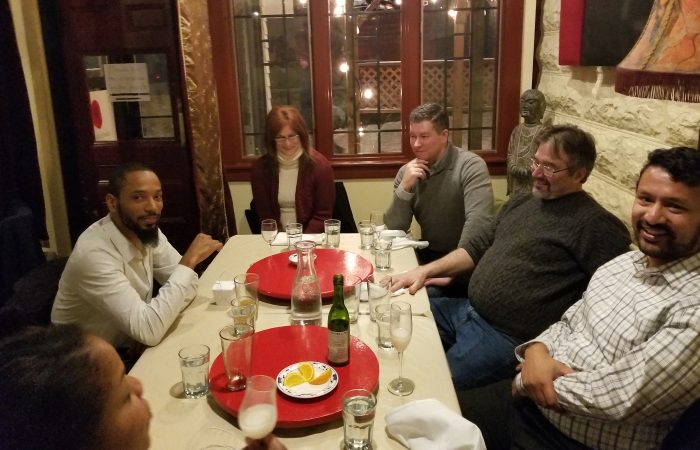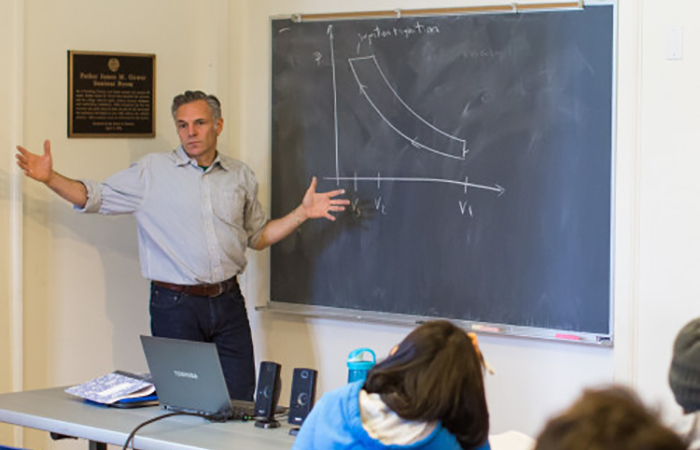There is much discussion in America about the electrical grid’s evolution. In fact, in the last week of July, Dr. Johnson and I went to a conference put on by the Smart Electric Power Alliance called Grid Evolution. Here in America however, we often think that nothing else is happening in the rest of the world. That is very untrue and on our trip to Norway just after the SEPA Grid Evolution summit, we explored some of the interesting things happening in Europe.
Eurelectric, a trade association much like SEPA, published an analysis of dynamic pricing in the electricity supply in European countries and surprisingly or perhaps not surprisingly they are ahead of us in many ways. One of the takeaways from what we learned is the emphasis in many countries for rapidly changing how their electricity markets work and passing dynamic pricing (including Time-of-use (TOU), Critical peak pricing (CPP) and Real-time pricing (RTP) to the retail customer. Euroelectric also suggests using smart meters to great effect, changing the balance on non-energy components to the electrical bill (think the meter charge) and making those prices dynamic.
These suggestions are all ways that the pricing of electricity can be more transparent, allow market innovation and provide for opportunities for the consumer to incentivized to provide value to the grid and with providing value they can see their electricity bill decrease. This will provide for greater uptake of energy storage, solar and other renewable technologies to green the grid.
Another take away is how much adoption of dynamic pricing is already in individual countries. For instance, in Finland, 10% of customers are on dynamic pricing. In Spain, roughly 50% of consumers are on a tariff plan that floats the price based upon a reference price calculated nationally. In Norway, virtually 100% of the electricity delivered in the market is based upon direct spot pricing with hourly metering for those with smart meters and an average for those without. These countries provide a great opportunity for our technology especially in the small commercial and industrial sectors.
With a partner in Norway, we are exploring providing power for Norwegian islands and providing systems to power cruise ship docks so the cruise ships can turn off their diesel engines saving up to 100 tons of carbon per ship per day while in port. Our controls will be coupled with Kilowatt Labs energy storage, (another partner) and the expertise our Norwegian partner has in energy systems to make energy systems that are superior to anything else in the market.



